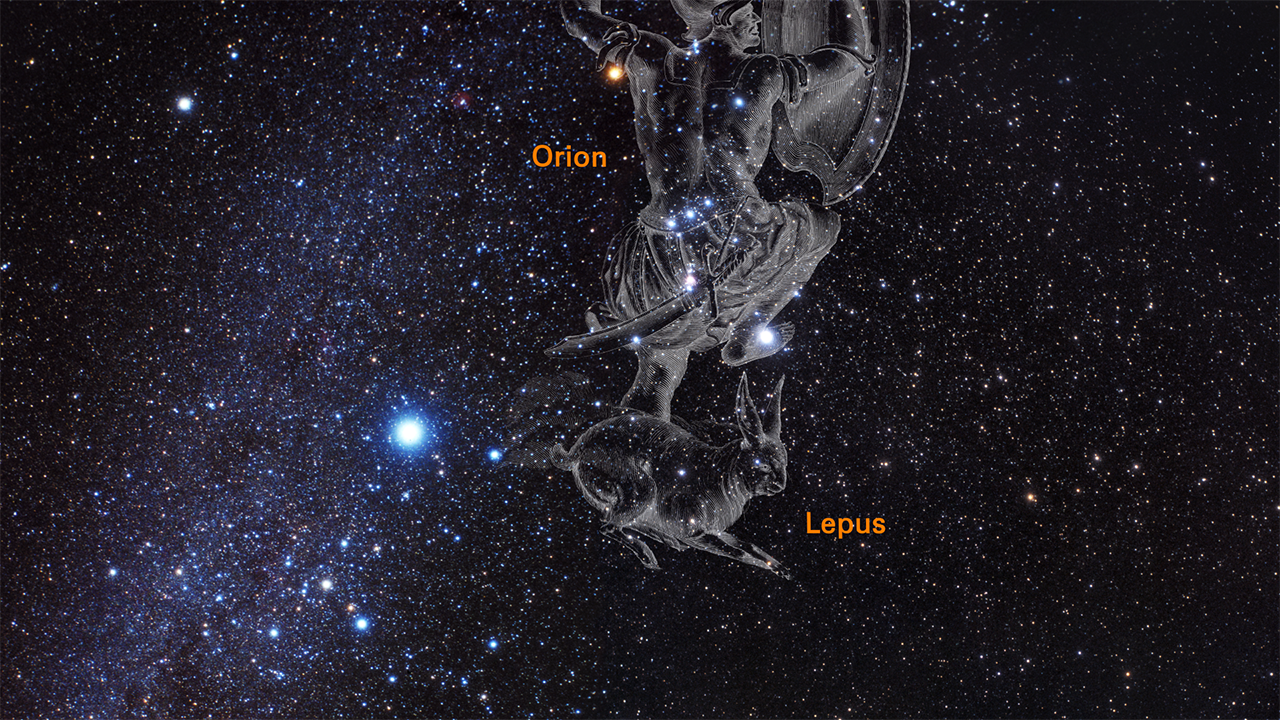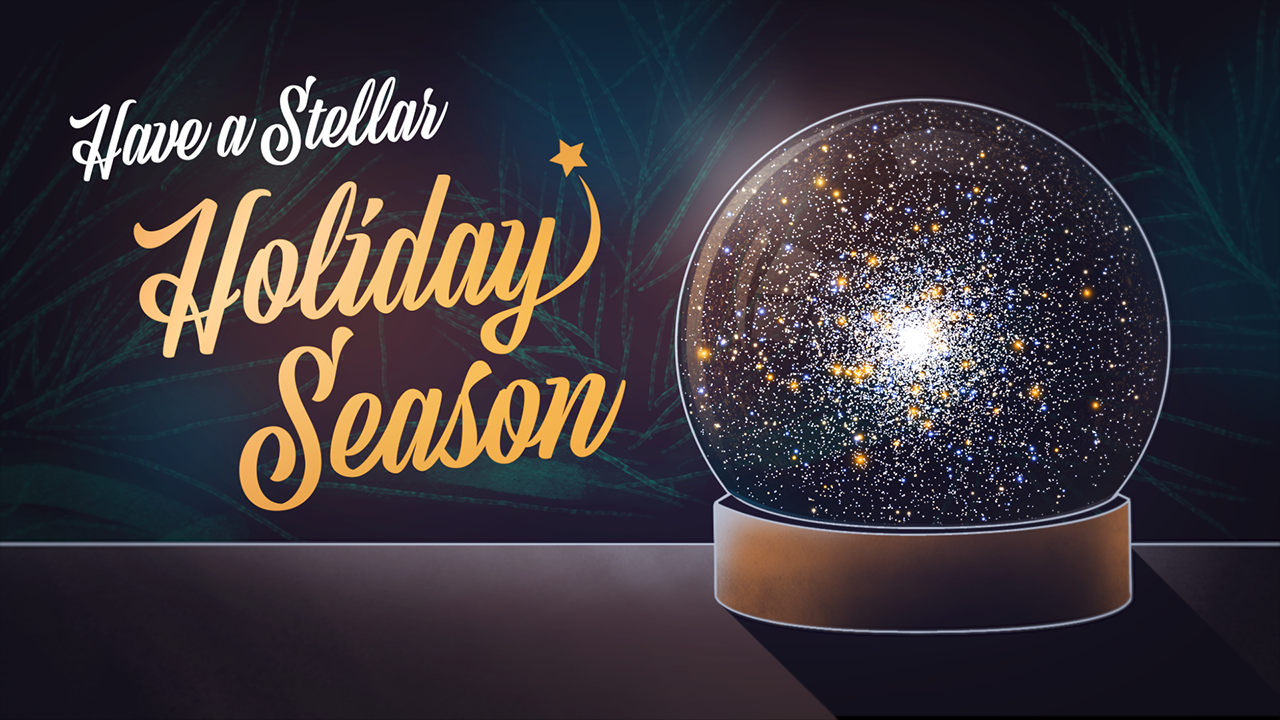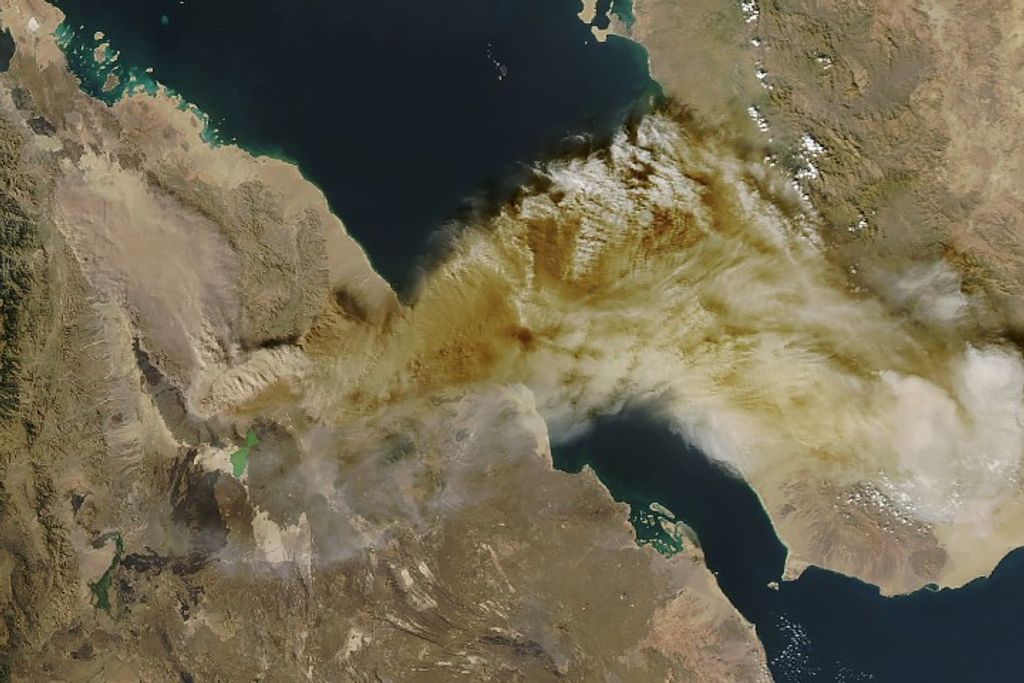1 min read
Compass Image for Globular Cluster Messier 79 (M79, NGC 1904 )

About the Object
- R.A. PositionR.A. PositionRight ascension – analogous to longitude – is one component of an object's position.05:24:10.59
- Dec. PositionDec. PositionDeclination – analogous to latitude – is one component of an object's position.-24:31:27.3
- ConstellationConstellationOne of 88 recognized regions of the celestial sphere in which the object appears.Lepus
- DistanceDistanceThe physical distance from Earth to the astronomical object. Distances within our solar system are usually measured in Astronomical Units (AU). Distances between stars are usually measured in light-years. Interstellar distances can also be measured in parsecs.41,000 light-years away from Earth
- DimensionsDimensionsThe physical size of the object or the apparent angle it subtends on the sky.Image is 2.5 arcmin across (about 30 light-years)
About the Data
- Data DescriptionData DescriptionProposal: A description of the observations, their scientific justification, and the links to the data available in the science archive.
Science Team: The astronomers who planned the observations and analyzed the data. "PI" refers to the Principal Investigator. - InstrumentInstrumentThe science instrument used to produce the data.WFPC2
- Exposure DatesExposure DatesThe date(s) that the telescope made its observations and the total exposure time.Oct. 1995 and Apr. 1997
- FiltersFiltersThe camera filters that were used in the science observations.F336W, F439W, F555W
- Object NameObject NameA name or catalog number that astronomers use to identify an astronomical object.Messier 79, M79, NGC 1904
- Object DescriptionObject DescriptionThe type of astronomical object.Globular Cluster
- Release DateDecember 12, 2017
- Science ReleaseHubble’s Celestial Snow Globe
- Credit

These images are a composite of separate exposures acquired by the WFPC2 instrument on the Hubble Space Telescope. Several filters were used to sample various wavelength ranges. The color results from assigning different hues (colors) to each monochromatic (grayscale) image associated with an individual filter. In this case, the assigned colors are: Blue: F336 + F439 Green: F336 + F439 + F555 Red: F555

Related Images & Videos

Globular Cluster Messier 79 (M79, NGC 1904)
It’s beginning to look a lot like the holiday season in this NASA Hubble Space Telescope image of a blizzard of stars, which resembles a swirling snowstorm in a snow globe. The stars are residents of the globular star cluster Messier 79, or M79, located 41,000 light-years from...

Globular Cluster Messier 79 (M79, NGC 1904) - Cropped
It’s beginning to look a lot like the holiday season in this NASA Hubble Space Telescope image of a blizzard of stars, which resembles a swirling snowstorm in a snow globe. The stars are residents of the globular star cluster Messier 79, or M79, located 41,000 light-years from...

Stellar Greetings from Globular Cluster M79
This video starts with a wide-field view of the sky covering the constellations of Orion, the hunter, and Lepus, the hare. The view zooms down to the relatively tiny field of the Hubble image of globular star cluster Messier 79 (M79). The sequence then dissolves to a...

M79 Snow Globe Holiday Greeting
This special holiday snow globe greeting is a visualization of a rotating star cluster that provides three-dimensional perspective of globular cluster Messier 79 (M79). The simulated star cluster is modeled to reflect the number, color, and distribution of stars in a Hubble...
Share
Details
Claire Andreoli
NASA’s Goddard Space Flight Center
Greenbelt, Maryland
claire.andreoli@nasa.gov































